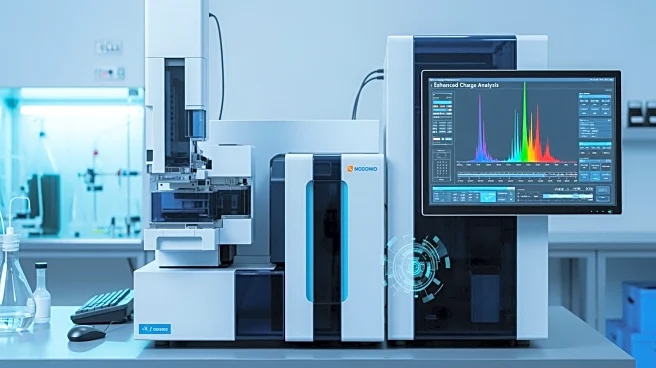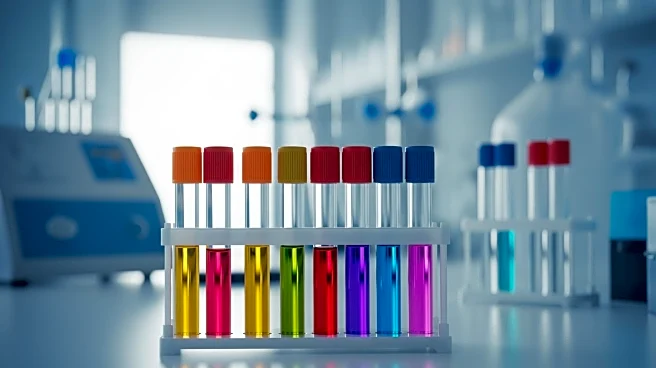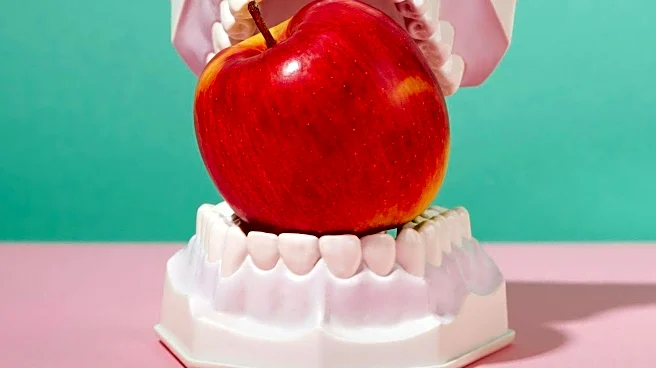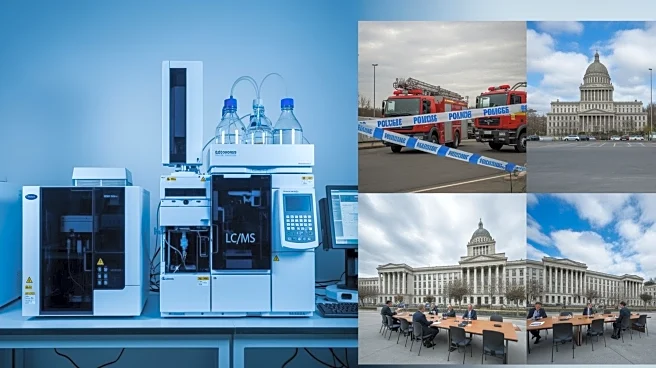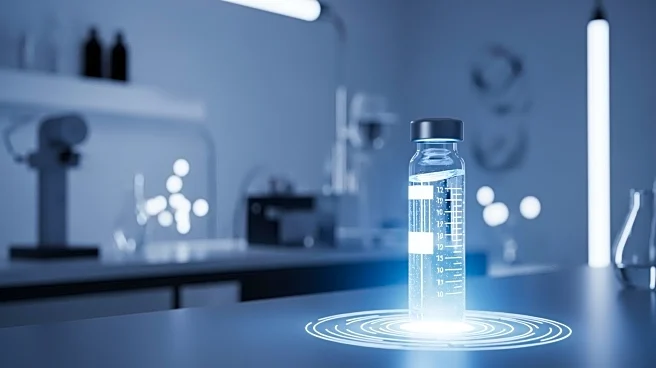What's Happening?
Researchers have developed a harmonized protocol using imaged capillary isoelectric focusing (icIEF) to evaluate the charge heterogeneity of monoclonal antibodies (mAbs). This method, based on guidelines
from the European Pharmacopoeia and harmonized with ICH Q2(R2), aims to improve routine quality control assessments during manufacturing and throughout a mAb’s life cycle. The optimized protocol treats the isoelectric point as a key identity parameter for mAbs, enhancing accuracy and precision. It involves a new assortment and ratio of carrier ampholytes to achieve improved linearity across the mAb-relevant pH gradient. The method allows for the separation of antibody variants while focusing the gradient on the range most relevant to mAbs, with adjustments made to enhance pH stability at the capillary tips.
Why It's Important?
The development of this harmonized protocol is significant for the biopharmaceutical industry, as it addresses the growing demand for standardized methods in mAbs charge heterogeneity analysis. Accurate and precise evaluation of mAbs is crucial for ensuring the quality and efficacy of biopharmaceutical products. This method provides a new benchmark for quality control, benefiting both manufacturers and regulatory authorities. By improving the accuracy of charge heterogeneity analysis, the protocol helps in identifying counterfeit antibody drugs and supports the development of safe and effective therapeutic products. The adoption of such standardized methods can lead to more consistent and reliable production processes, ultimately enhancing patient safety and treatment outcomes.
